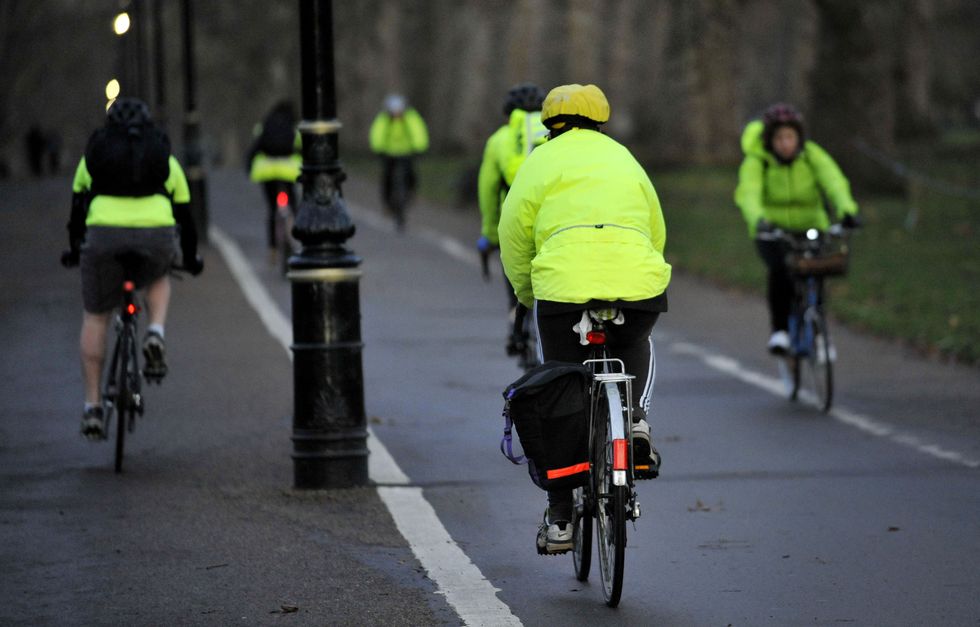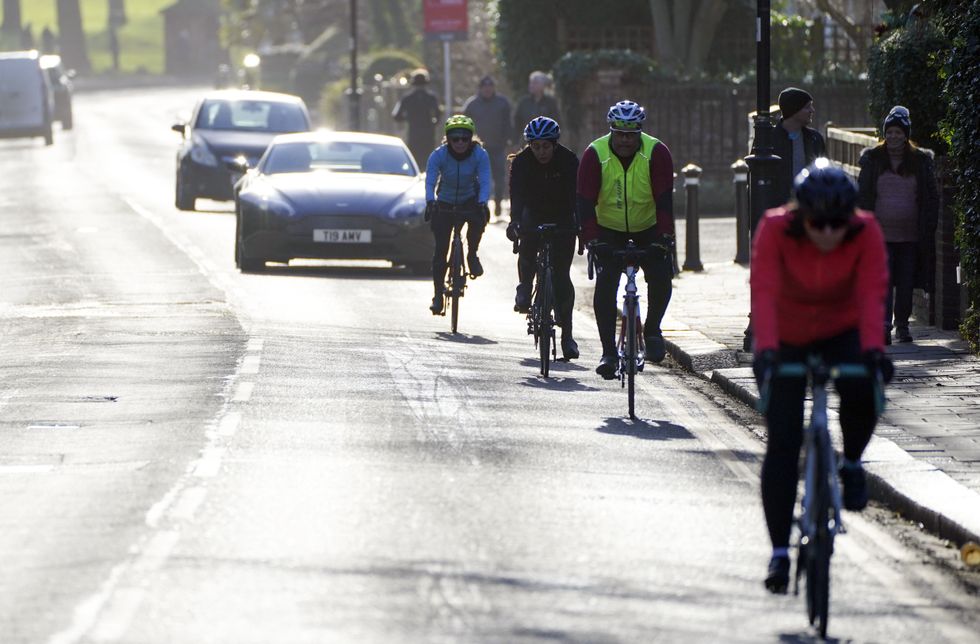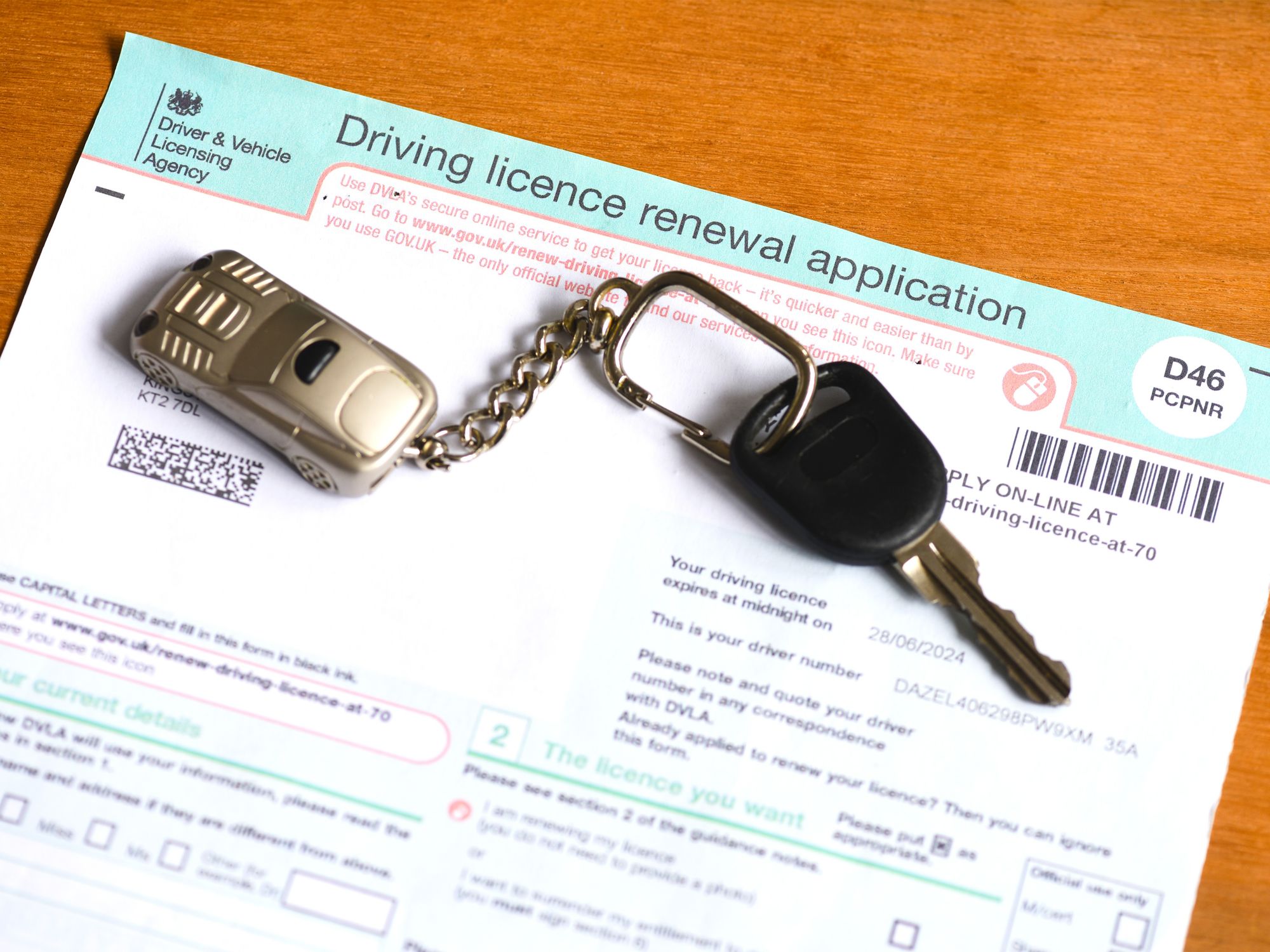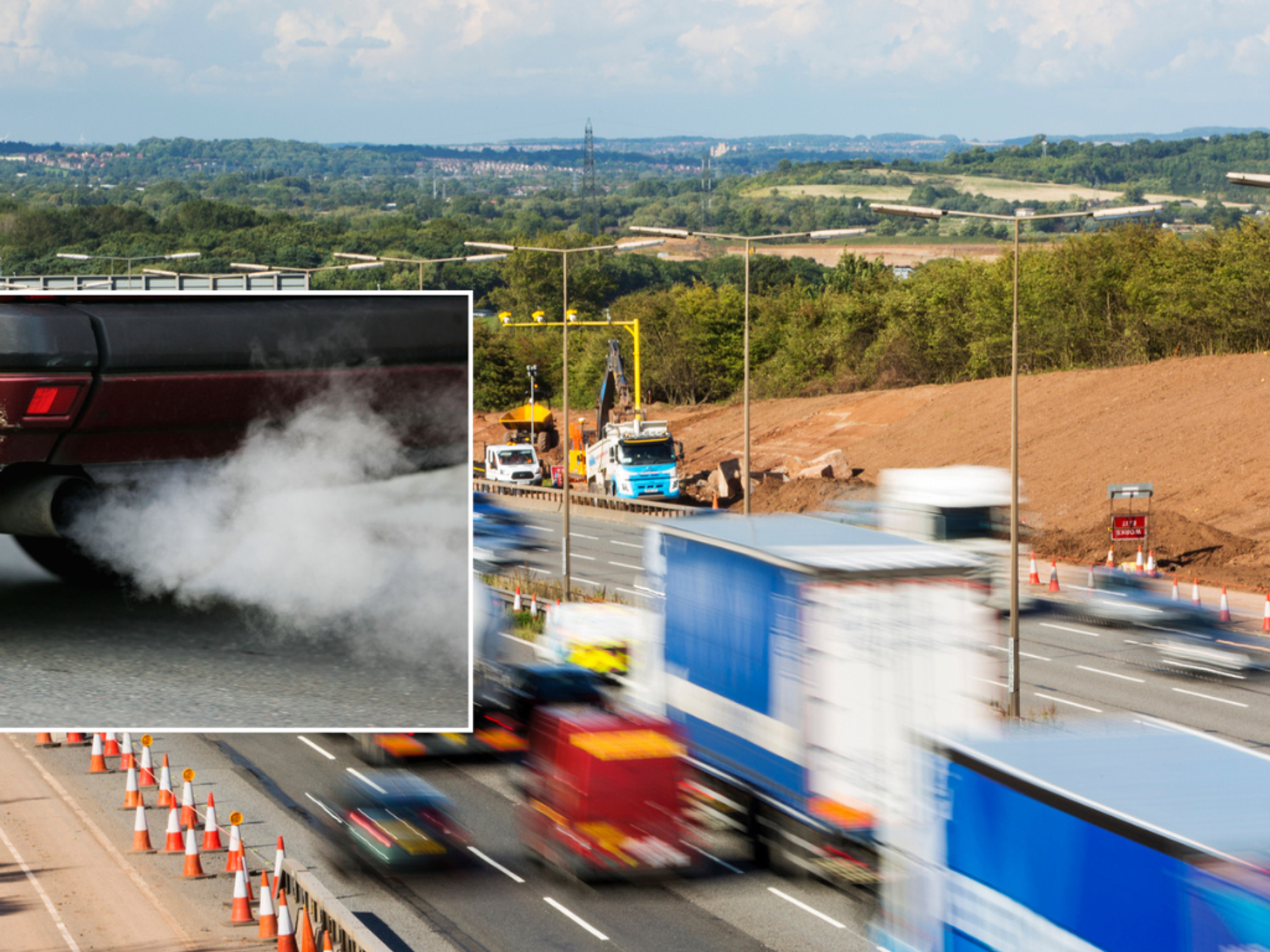WATCH: Eamonn Holmes admits he hadn't realised the Highway Code had changed
GB NEWS
'These results suggest that some automakers need to tweak their pedestrian automatic emergency braking systems'
Don't Miss
Most Read
Trending on GB News
High-visibility clothing and reflective strips designed to keep pedestrians and cyclists safe may actually render them invisible to modern car safety technology, according to a new study.
The research, conducted by the US-based Insurance Institute for Highway Safety (IIHS), has revealed that automatic emergency braking systems in some new vehicles fail to detect people wearing reflective gear.
The findings raise serious concerns about the effectiveness of safety technology that has been mandatory on all new cars sold in the UK and EU since 2022.
Researchers tested three 2023 vehicles - a Honda CR-V, Mazda CX-5 and Subaru Forester - all equipped with automatic emergency braking systems.
Do you have a story you'd like to share? Get in touch by emailingmotoring@gbnews.uk

The study raised concerns about the viability of car technology when detecting pedestrians and cyclists
PA
The tests involved a crash test dummy dressed in various outfits, including black clothing, black clothing with reflective strips, a reflective jacket with black trousers, and white clothing.
Each vehicle was driven at 25mph whilst the dummy was moved to simulate crossing the road and conducted under different lighting conditions to assess how the vehicles' safety systems would respond.
The Honda and Mazda vehicles hit the dummy wearing reflective strips in every test, without any reduction in speed. The CR-V also failed to slow down when the dummy wore a reflective jacket, regardless of lighting conditions.
The Subaru Forester performed significantly better, successfully stopping to avoid collisions in nearly all scenarios.
However, even the Subaru struggled in one specific situation, hitting the dummy wearing reflective strips in very dim light conditions, though it did manage to reduce its speed by 82 per cent.
David Harkey, president of the IIHS, said the investigation had raised several interesting points including "worrisome blind spots".
He added: "These results suggest that some automakers need to tweak their pedestrian automatic emergency braking systems.
"It's untenable that the clothes that pedestrians, cyclists and roadway workers wear to be safe may make them harder for crash avoidance technology to recognise.
"To make good on their potential, pedestrian detection systems have to work with the other commonly used safety measures."
Research has shown that automatic emergency braking systems reduce pedestrian crashes by 27 per cent in normal conditions, compared with vehicles without the technology.
David Kidd, a senior research scientist at the institute and the study's author, explained why reflective strips might confuse vehicle sensors.
He said: "The placement and motion of reflective strips on the joints and limbs of trousers and jackets allows drivers to quickly recognise the pattern of movement as a person. Unfortunately, the moving strips didn't have the same effect for the pedestrian AEB systems we tested and probably confounded their sensors."
LATEST DEVELOPMENTS:

Experts have called for automakers to look at improving their in-car technology
PAHe emphasised that while automatic emergency braking technology "is amazing and it does prevent crashes," it remains a "nascent technology that's not going to respond to everything."
Speaking to GB News, a spokesperson for Subaru said: "Subaru is committed to the highest standards of safety and continuously improving our driver-assistance technologies to protect all road users. Subaru also believes in providing safety features as standard, which is why all our cars on sale in the UK have the brand's latest vehicle safety equipment as standard features across the range, rather than additional cost options.
"While we are encouraged that the Subaru Forester outperformed the other vehicles tested, the brand welcomes all feedback that supports its goal to reduce fatal road accidents to zero by 2030¹.
"In the UK, Subaru launched an all-new Forester in February 2025, featuring the latest advances in safety and driver-assistance technology, the vehicle scored the joint highest rating in pedestrian Safety Tests carried out by EURO NCAP in 2024."
A spokesman for Mazda told The Times: "Roadway safety for everyone, including those in and around our vehicles, is a top priority for Mazda. Our engineers are continuously working to improve Mazda’s crash avoidance systems and are already using these latest IIHS results to further assist us in this work, with special consideration for night-time pedestrian scenarios."
A spokesperson for Honda added: "Continuous improvement is a core part of the company’s vehicle development process, and we will closely analyse the results of IIHS’s recent non-standard pedestrian AEB testing in an effort to enhance future model performance."








